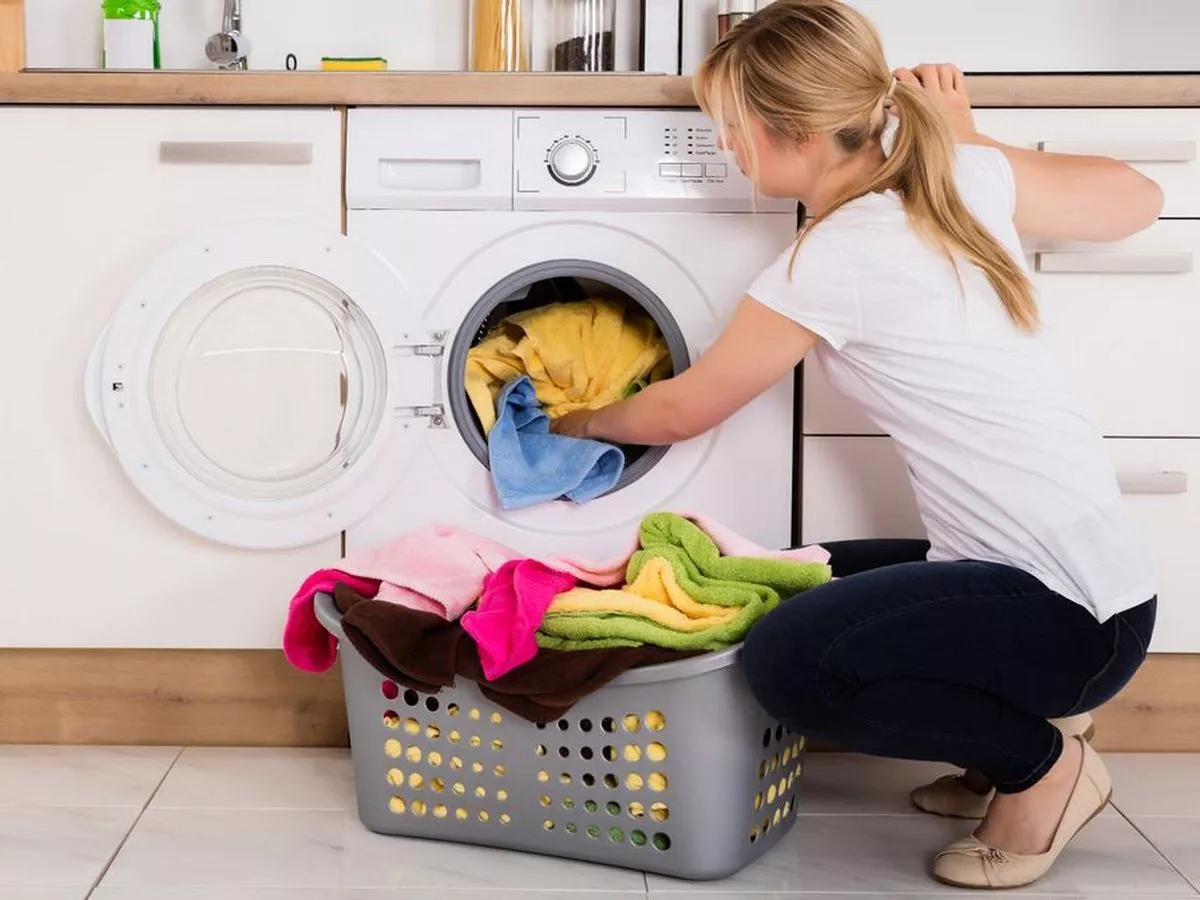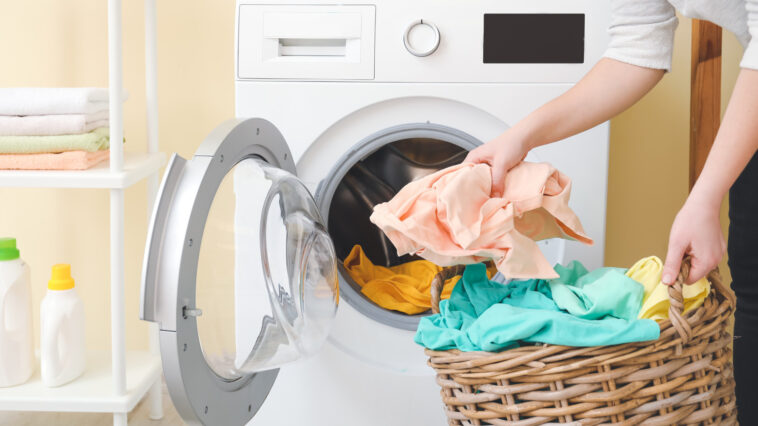Washing machines work hard to keep our clothes spotless, fresh, and fragrant. Over time, however, detergent residue, hard water deposits, and other debris can accumulate in various parts of the machine, leading to reduced efficiency, unpleasant odors, and even malfunctions. This guide will walk you through the essential steps and practices to ensure your washing machine stays in tip-top shape, operating optimally and ensuring your clothes get the best wash possible.
Your Machine
Before delving into the cleaning process, take some time to read your washing machine’s manual. Every machine has different specifications, settings, and maintenance requirements. Understanding these will provide a solid foundation for your washing machine maintenance routine. Make sure to purchase a washing machine cleaner!
Monthly Maintenance
Exterior Wipe Down:
Tools Needed: Soft Cloth, Mild Detergent
Wipe down the exterior of your machine with a soft, damp cloth and a mild detergent to keep it looking new. Pay attention to the control panel and knobs, ensuring they’re free from dirt and grime.
Gasket and Dispenser Cleaning:
Tools Needed: Cloth or Sponge, Vinegar or Mild Detergent
Clean the rubber gasket and detergent dispensers regularly to avoid mold and mildew build-up. Use a cloth or sponge soaked in vinegar or mild detergent to wipe these parts.
Quarterly Cleaning

Deep Cleaning:
Tools Needed: Vinegar, Baking Soda, or Commercial Washing Machine Cleaner
Every three months, run an empty hot water cycle with two cups of white vinegar or a suitable amount of commercial cleaner. Midway, add a cup of baking soda or follow the cleaner’s instructions. This process helps to dissolve mineral deposits, dirt, and soap scum, ensuring the drum and pipes are squeaky clean.
Filter and Hose Inspection:
Tools Needed: Cloth, Warm Water
Inspect and clean the drain filter to prevent blockages. Also, examine hoses for cracks, leaks, or brittleness, replacing them as necessary.
Biannual Tasks
Pipe and Drain Cleaning:
Tools Needed: Vinegar, Baking Soda
Twice a year, clean the drain and attached pipes. Pour a mixture of vinegar and baking soda down the drain, letting it sit for at least fifteen minutes before flushing it with hot water.
Inspect the Drum and Agitator:
Tools Needed: Cloth, Mild Detergent
Examine the drum and agitator for chips, damage, or residue build-up. Clean with a cloth and mild detergent, ensuring no debris hinders their function.
Additional Tips:
Use the Right Detergent:
Ensure you’re using the correct type and amount of detergent for your machine and load size, as excess detergent can leave a residue and contribute to build-up.
Avoid Overloading:
Do not overload your washing machine. Overloading can cause balance issues, undue strain on the machine’s components, and inadequate cleaning, leading to further dirt build-up.
Leave the Door Open:
After each wash cycle, leave the machine’s door slightly ajar to allow the interior to dry thoroughly, preventing mold and mildew growth.
Troubleshooting Common Issues:

If you’re experiencing lingering odors, run a hot water cycle with vinegar or a commercial cleaner. For drainage issues, ensure the filter and drain are free from blockages.
A Deeper Look at Maintenance Steps
Monthly Maintenance
- Exterior Wipe Down:
Regularly wiping the external surfaces prevents dust accumulation and maintains the machine’s aesthetic appeal. It’s a small effort that keeps your appliance looking as good as new, helping in early detection of any external issues such as rusting or damage.
- Gasket and Dispenser Cleaning:
Cleaning these parts is essential as they are prone to soap residue, mold, and mildew buildup, which can cause bad odors and affect the machine’s performance.
Quarterly Cleaning
- Deep Cleaning:
A deep clean every three months keeps the internal components in peak condition, ensuring your clothes are thoroughly cleaned and fresh. Vinegar and baking soda are natural cleaners that effectively remove mineral build-up, mildew, and odors.
- Filter and Hose Inspection:
Regular inspection and cleaning of the filter prevent drainage problems, while hose inspection helps to avert potential leaks or water damage.
Biannual Tasks
- Pipe and Drain Cleaning:
This step ensures smooth water flow and drainage, preventing any backflow issues or water pooling within the machine.
- Inspect the Drum and Agitator:
Ensuring these central components are in good condition guarantees effective washing and rinsing of your clothes.
Additional Tips:
- Use the Right Detergent:
Utilize the recommended detergent for your machine type. For example, high-efficiency washers require specific high-efficiency (HE) detergents.
- Avoid Overloading:
Balanced loads enhance the machine’s efficiency and washing effectiveness, ensuring clothes are evenly cleaned and rinsed.
- Leave the Door Open:
This simple habit aids in moisture evaporation, preventing the growth of mold, mildew, and unpleasant odors.
Troubleshooting Common Issues:

- Lingering Odors: If your machine smells even after cleaning, inspect all components, including the detergent dispenser, gasket, and filter, and clean them thoroughly. If the odor persists, consult a technician.
- Drainage Issues: Clean the filter and inspect the drainage hose and pipes. If the problem continues, seek professional help.
Final Words
Keeping your washing machine clean is an integral aspect of ensuring its efficiency, longevity, and the cleanliness of your clothes. Incorporate these tasks into your routine, and your washing machine will remain sparkling, efficient, and effective, from grime to gleam.
Bear in mind that severe issues should be addressed by a professional technician to prevent further damage and ensure your machine operates at its peak for years to come.
While this guide covers the basics, always refer back to your machine’s manual for model-specific care and maintenance instructions. Your washing machine, like any other significant appliance in your home, deserves regular care and attention to perform its best.




